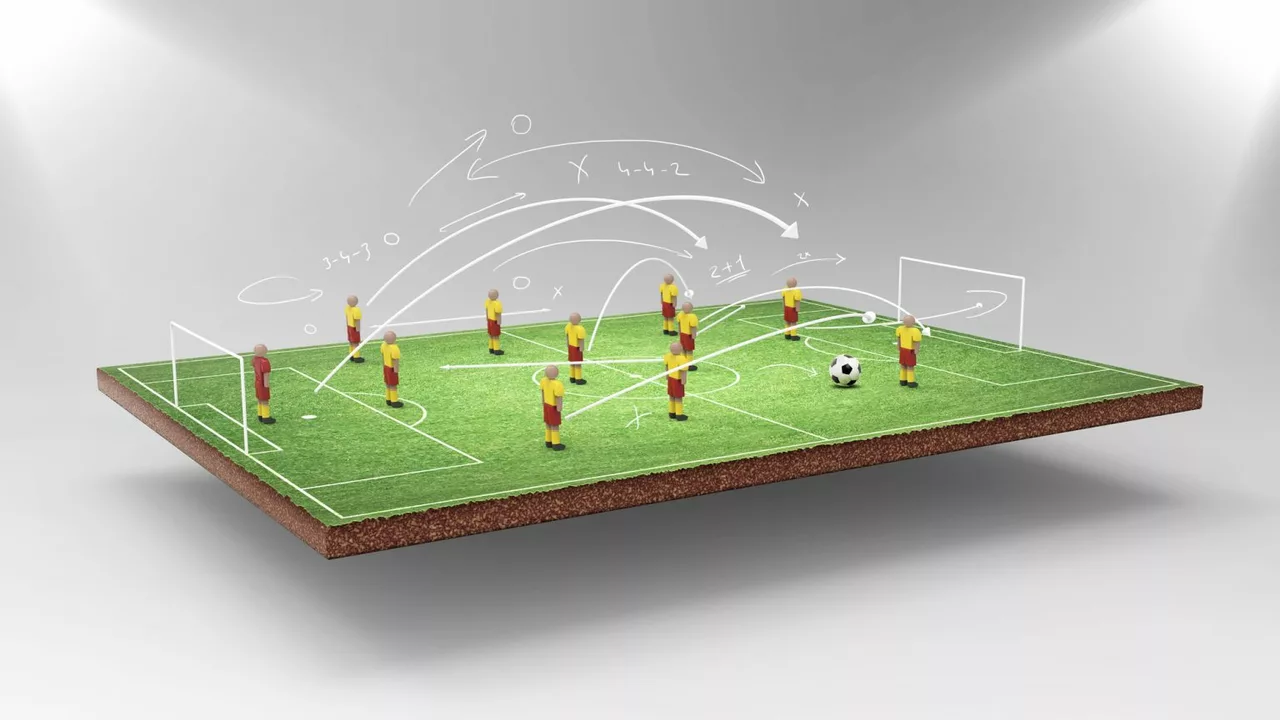Soccer Strategies: How to Play Smarter and Win More
Want to see your team control games and get more wins? You don’t need magic – just clear strategies you can practice every week. Below are simple ideas you can use right away, whether you coach a youth side or play in an adult league.
Build a solid defensive shape
The first step to any good plan is a strong back line. Keep your defenders in a line that moves as a unit, closing gaps the moment the ball enters your half. When the opponent attacks, have one defender stay slightly deeper to act as a safety net. This extra man stops long balls from turning into easy chances.
Pressing together works best when the team knows when to step up and when to drop. A simple cue is the moment the opponent’s midfielder turns to pass – that’s your signal to close down space. Practicing this in short 5‑minute drills builds the habit without draining energy.
Set up attacking patterns
Offense isn’t about individual brilliance alone; it’s about predictable movement that opens space. Teach your forwards to make diagonal runs behind the defense while midfielders push the ball wide. The wide player then cuts inside, dragging a defender away and freeing the striker for a through ball.
Use a “two‑touch” rule in training: players can’t hold the ball longer than two touches. This forces quick passes, sharper vision, and better timing on runs. The result is a faster, more fluid attack that catches opponents off‑balance.
Set pieces are a gold mine for goals. Instead of random kicks, design set moves that use a dummy run or a quick flick. Even a simple change, like having the closest player to the ball take a short touch before crossing, can confuse the defense and create a clear shooting lane.
Remember to keep communication loud and clear. A quick shout of “man on!” or “switch!” lets teammates adjust without looking. The more you talk, the fewer mistakes you’ll make.
Finally, review each game with a short video clip of one key moment – a defensive error or an attacking chance. Discuss what the team did right and what could improve. Keeping the feedback brief and focused helps players retain ideas without feeling overwhelmed.
These strategies aren’t a secret playbook; they’re everyday habits you can embed in practice. Start with one or two, watch the results, then add more as the team gets comfortable. Consistency beats complexity every time.
Playing midfield in soccer is all about control and balance. As a midfielder, it's my job to both defend our goal and set up attacks by controlling the ball, passing accurately, and positioning myself correctly. I have to keep an eye on the whole field, anticipate the game, and react quickly. It's a challenging role requiring stamina, skill, and strategic thinking. Remember, a good midfielder can be the key to a team's success.
